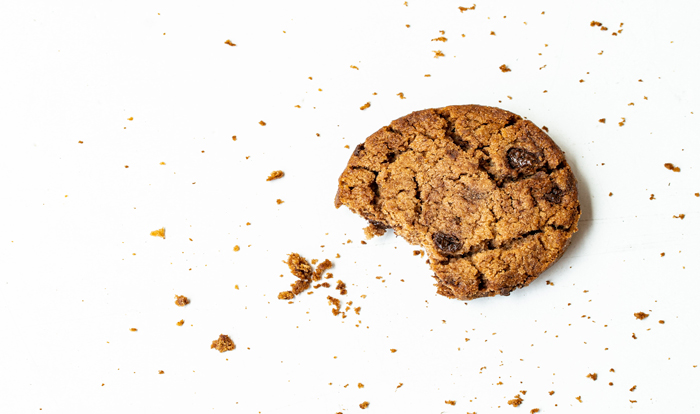Welcome to your journey towards a cookieless world. Those third-party cookies that marketers love so much — and that consumers are so annoyed by — are fading fast. While Google recently delayed its Chrome cookie phaseout to 2023, third-party cookies are already long gone on Safari and Firefox, and Apple’s 14.5 iOS update created an automatic cookie opt-out for its users (only 4% of them decided to actually opt back in).
As cookies continue to go the way of the Dodo, you need to start working on a plan now to collect valuable data from other sources so that you’re not completely in the dark about your customers. Fortunately, the solution can be summed up in two words: loyalty program.
Loyalty programs are a fantastic source of the zero-party and first-party data that help you create the personalized experiences that customers crave. Instead of relying on a third party to tell you about their likes and dislikes, your customers can tell you themselves.
As a brief refresher, let’s review exactly what zero-party and first-party data are:
- Zero-party data is the information that customers explicitly provide to you. For example, an email address, a birthday, or selections in your website’s preference center are zero-party data because the customer personally filled out the information.
- First-party data is used to deduce customer preferences based on the way they behave on the digital channels that you own. For example, if John Doe always orders extra guacamole on your app, you can infer that he would really enjoy an offer for free guacamole on his birthday or that he would like to receive an email about your new spicy guacamole.
When someone signs up for your loyalty program, they expect to fill out basic information that can help you determine how to segment them, which channels are best for communicating with them, and how to create a more personal customer experience.
Why can’t you just ask someone these questions when they place an online order?
Today’s consumers want something in return for sharing information about themselves. In fact, 88% of American consumers recently said they would share their information if they saw value in the exchange. That number jumps to 90% when you narrow down the responses to consumers between the ages of 18 and 29. Like our CEO Catherine Tabor says, loyalty is a two-way street. By signing up for your loyalty program, consumers know they’re going to get special offers, personalized promos, and other gifts for being a repeat customer. It’s the exact value they’re looking for.
It’s not hard to use even the most basic of zero- and first-party data to create a personal relationship with your customers. Simply using a customer’s name throughout the experience can go a long way, as can acknowledging their favorite products and offering rewards for special events like birthdays and anniversaries.
If you want to go beyond the basics, loyalty programs provide you with a foundation to get really creative with the ways you collect zero- and first-party data. For example, Chipotle Together gave loyal customers a chance to hang out with celebrities and eat free burritos on Zoom during the COVID lockdown. These virtual parties gave customers a way to feel connected and gave Chipotle a chance to learn so much more about them. Even if you don’t take it this far, asking questions on your social media channels or running sweepstakes can be great ways to generate deeper answers that lead to better personalization.
McDonald’s and Burger King were both inspired by the pandemic to begin piloting loyalty programs after seeing the surge in online ordering and contactless payments. Both brands analyzed this shift in consumer behavior and realized that capitalizing on it with a loyalty program was a great way to get zero- and first-party data, on top of additional sales.
Speaking of additional sales, Starbucks Rewards Members accounted for 52% of the coffee giant’s US sales in Q2 2021. With nearly 23 million members on the list, we can only imagine how many actionable data insights Starbucks is getting without a single third-party cookie!
In addition to all of this valuable non-third-party data, loyalty programs come with another big benefit that a cookieless world can’t take away from you — constant communication.
Once someone signs up for your loyalty program, you can reach out to them anytime you want via email, text message, push notification, etc. This has always been the key to owning the customer relationship, but its importance was really highlighted during COVID. Restaurants and retailers who didn’t have an email list suddenly realized they had no way to share updates when the lockdowns hit. They were literally out of sight, out of mind.
But in order to take advantage of all these benefits, you need the right technology.
How do your existing systems align with an emphasis on first-party relationships? Can your systems manage the offers, distribution, and redemption tracking you need to run a successful loyalty program? Can they close the loop on reporting and attribution? Are they scalable? Giving this considerable thought today will help you take a big step forward tomorrow when the curtain finally closes for good on cookies.

